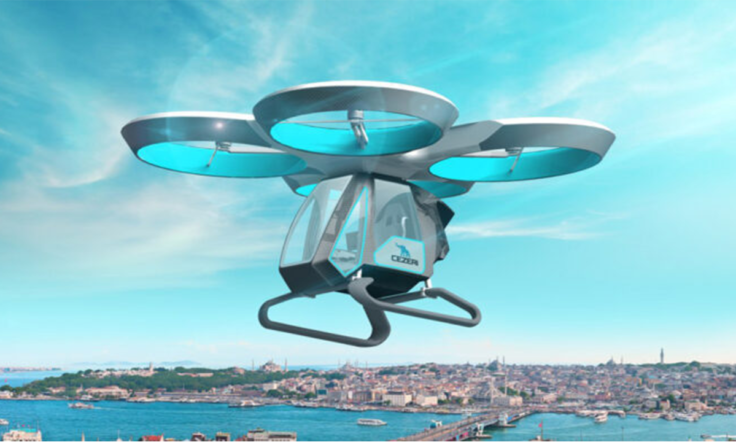
Flying cars, which were the subject of science fiction in the past years, with the steps taken in recent years, developing technology and innovations, it is rapidly moving towards becoming a part of our lives. It turns from fiction to reality.
The development of unmanned aerial vehicles technology, the suitability of subsystems for tasks, the development of battery and battery technology with electric vehicles have enabled flying cars to turn from fiction to reality. Cargo UAVs with a capacity of 150 kg have been designed and produced from mini-trainers, and the infrastructure of flying cars has also been prepared. In addition, developments in battery capacities and energies, materials science (composite, fiber) and simulation in computer environment, It has also encouraged the development of all flying vehicles, from fixed-wing UAVs, Vtol – eVtol (Vertical Landing and Take-off) vehicles and rotary-wing drones, and the development of navigation, communication, image processing and image transmission systems that will increase their positional accuracy. Let’s examine the companies and studies that took the first steps to transform Flying Cars and Flying Taxi from fiction to reality;
CityAirbus NextGen:
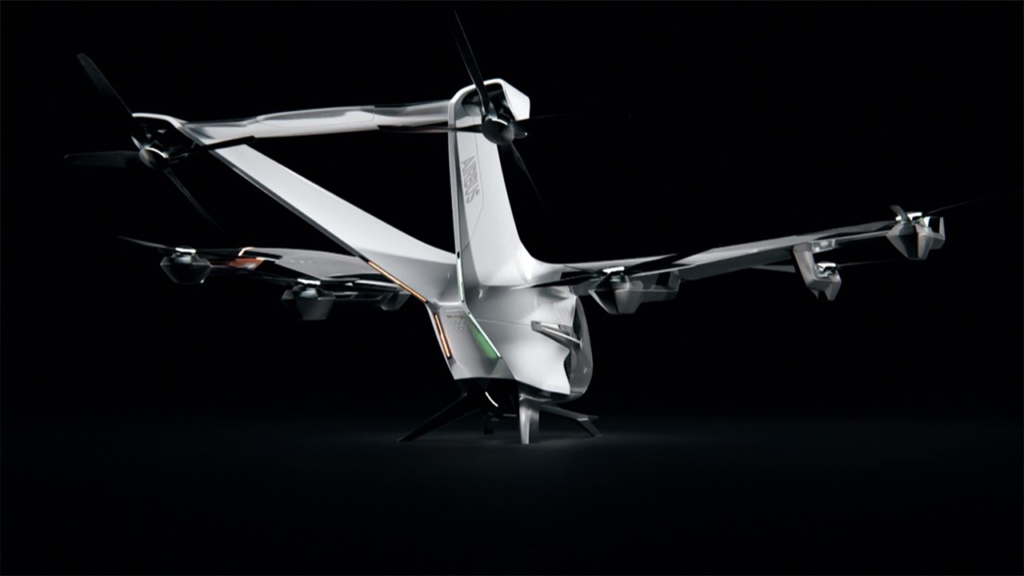
Airbus, one of the world’s largest aviation and space companies, introduced the plans and future version of the flying taxi CityAirbus model, which launched to the developing Urban Air Mobility (UAM) market, at the Airbus Summit, organized on the subject of “Pioneering Sustainable Aviation”.
Joby Aviation S4 eVtol:
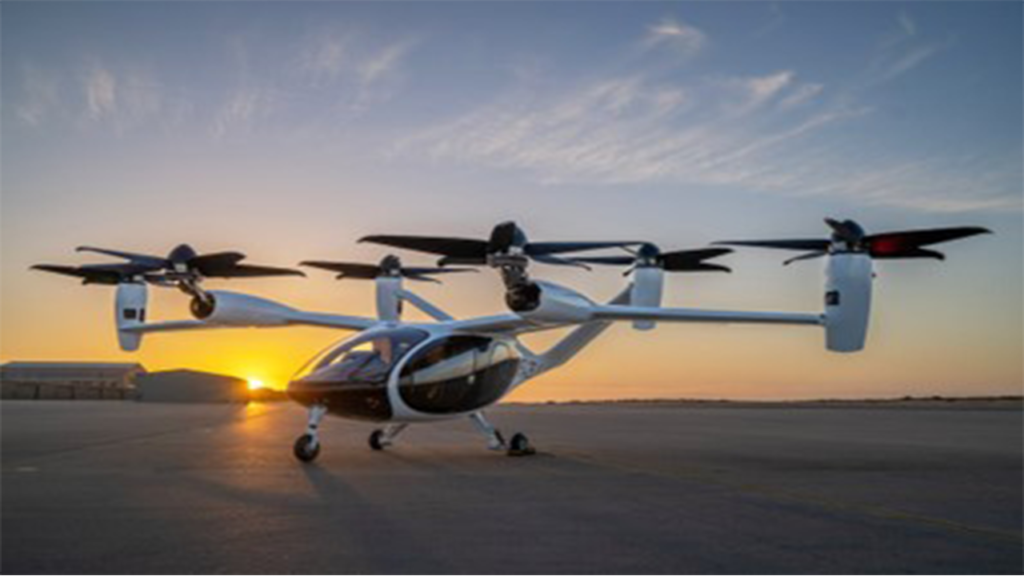
California-based Joby Aviation has a range of 150 miles, can reach speeds of up to 320 km/h. The vision of JoeBen Bevirt, architect of the S4 eVtoll, is to launch and go public in 2024. Joby eVtol is quieter than other aircraft. It is 100 times quieter than a helicopter.
“When we bring people in to see our plane fly for the first time, the first thing they notice is sound or lack of sound,” Bevirt says. “It sounds like leaves on a tree even while it is moving. You almost do not hear any noise. This means they can work in intense urban areas while blending into the background noise of cities.”
Cezeri:
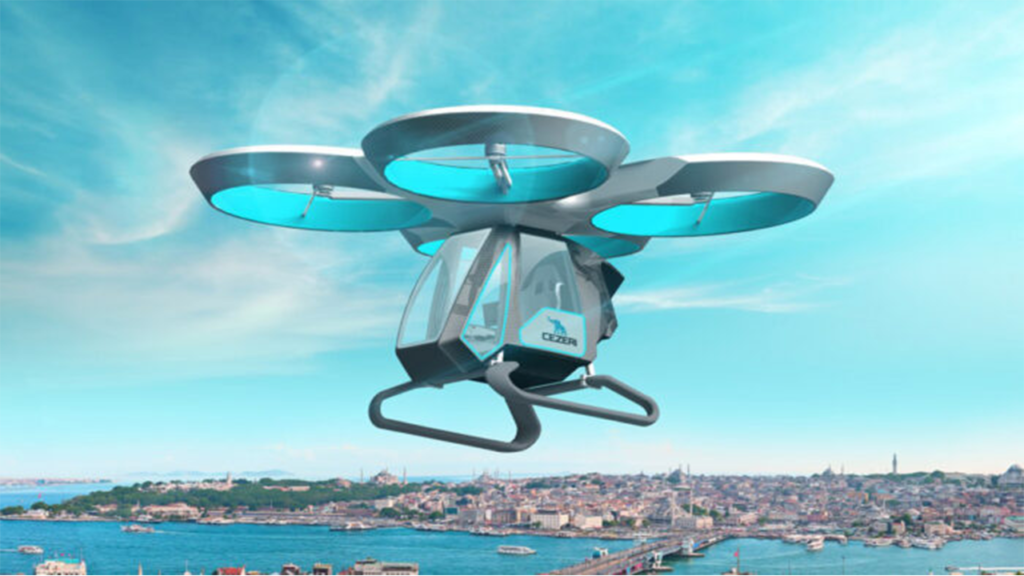
CEZERİ, Turkey’s first flying car, which was developed locally and nationally by Baykar Defense, successfully carried out its first flight tests.
CEZERİ ,which rose 10 meters in the 230 kg pre-prototype test flights, is designed and produced by Turkish engineers,. Cezeri, which takes off completely autonomously and has an intelligent flight system, successfully performed two different flights, with and without rope, on the same night. In the second test flight performed without safety ropes at Baykar’s production center on September 16, Cezeri rose 10 meters from the ground. The take-off weight is maximum 240 kg and the aircraft with vertical take-off and landing capability will reach a cruise speed of 100 km/h, a maximum flight altitude of 2000m, and stay in the air for 1 hour. Its range is 80 km on average.
AirCar:
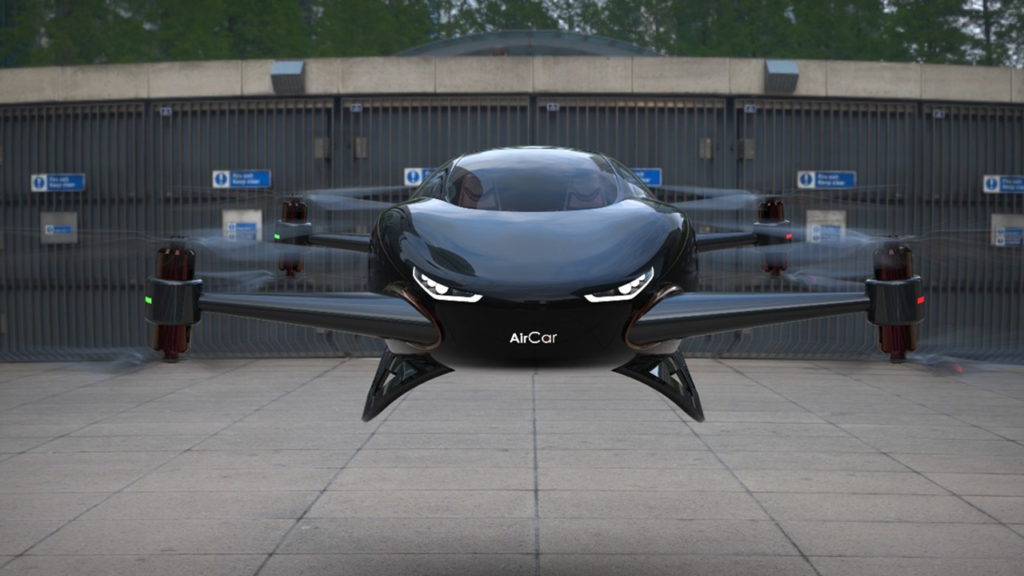
Today, more than 50 companies have developed several prototype aircraft capable of carrying up to 20 passengers. One of these companies is the Turkey-based startup called “AirCar”.
Established in Turkey’s Silicon Valley in 2017, AirCar is looking for ways to get rid of the traffic problem that is affecting Istanbul, instead of waiting for the state to build bigger roads and better public transportation. AirCar’s ultimate goal is to have a network of fully electric and self-driving autonomous flying taxis. After completing more than a thousand small-scale tests, the company began to test successfully on a full-size prototype this year. According to AirCar’s founding CEO, Eray Altunbozar, the company is expected to start carrying passengers in the beginning of 2025. AirCar underlines its readiness to use less-used roads to build a new flying future by breaking new ground in the industry.





